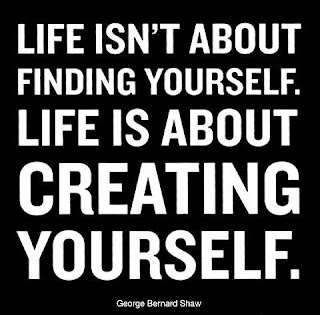Now that the first few setup
lessons have been completed, we are moving into some of the experiential
learning that will shape the class.
Since the main thrust of the class is to break students out of their typical
assumptions about what “school” can be, I wanted to provide an initial
experience that was seemingly as far from these assumptions as possible.
The students were asked to log into
their computers and run a Google search on “Portal Flash”. This should bring up multiple
accessible links to the game, Portal: The Flash Version. The Flash version of the popular game
Portal was not made by the developer, Valve, and is free on various Flash sites
on the internet. Unlike the
console and PC version, the Flash version offers physics based puzzles in a 2-dimensional
environment. The puzzle require
“portals” to be placed to allow the player to find a pathway to an exit. As the game progresses, the puzzles get
more difficult, and start introducing variables that affect the player’s
ability to easily pass through the game.
When we began playing, I set up a
few rules. Students were told that
their goal was to get to the highest level that they could, but that they could
not ask me questions about the game, or I would simply reply with a
question. I told them that they
could use the tools available to them such as Youtube or Wiki’s, to help them
through.
Then I sat back and observed the
chaos.
Invariably, even the most
accomplished gamers in the class hit a wall, a point where they could no longer
breeze through the levels without pausing to think, or ask questions of their
classmates. Here was where the
game began to provide gold.
Kids became frustrated,
agitated, excited. They clicked the mouse
too hard, or squirmed in their seat as the character fell into a pit or was
incinerated on a laser floor. They
were animated, began asking questions of one another, furiously searched Youtube
for the best walkthrough videos.
They were engaged in the truest
sense of the word, despite the difficulty.
The students continued to play
through to the lunch break, and when they returned, we started talking. I asked the following 4 questions,
giving them time to write their responses prior to sharing.
1.
What were the difficulties you faced during the
game?
2.
How did you deal with these difficulties?
3.
How was this experience different from your idea
of what “school” is supposed to be?
4.
What have you learned about learning, or how you
learn best?
The discussion went well, with most
of the students explaining the benefit of doing it themselves, and of not being
given answers. They said that
there was a sense of accomplishment when they finished a level on their
own. Simply saying these things to
my students would have paled in comparison to having them complete the activity
first. They need the experience of
learning outside of what they have been conditioned to believe it is.
I was struck by some of the student
responses in other avenues. When a
lecture is occurring, or they are being asked to participate in activities that
“feel” like “school”, my students are constantly asking to get a drink or go to
the bathroom. During the 80 minute
block, over 2 different classes, not a single student asked to leave for any
reason. I’m not surprised by this
at all.
We need to think about how we can
demonstrate LEARNING in our classrooms, not simply explain to our student’s why
it is important. The
more we can begin to understand that learning is something that is happening
within these children AT ALL TIMES, the more we need to be cognizant of the worthiness
of the tasks we ask them to do. Is
it simply busy work? Are we just
padding a grade book? Justifying our own existence?
Take some time to try the game
yourself. What emotions does it elicit
in you? How do you deal with
frustration and failure? How do
you manage a lack of ability or control in something as simple as a
two-dimensional computer game?
What can you learn about your
student’s educational lives from it?
Log on, and get uncomfortable.


.jpg)
.JPG)






